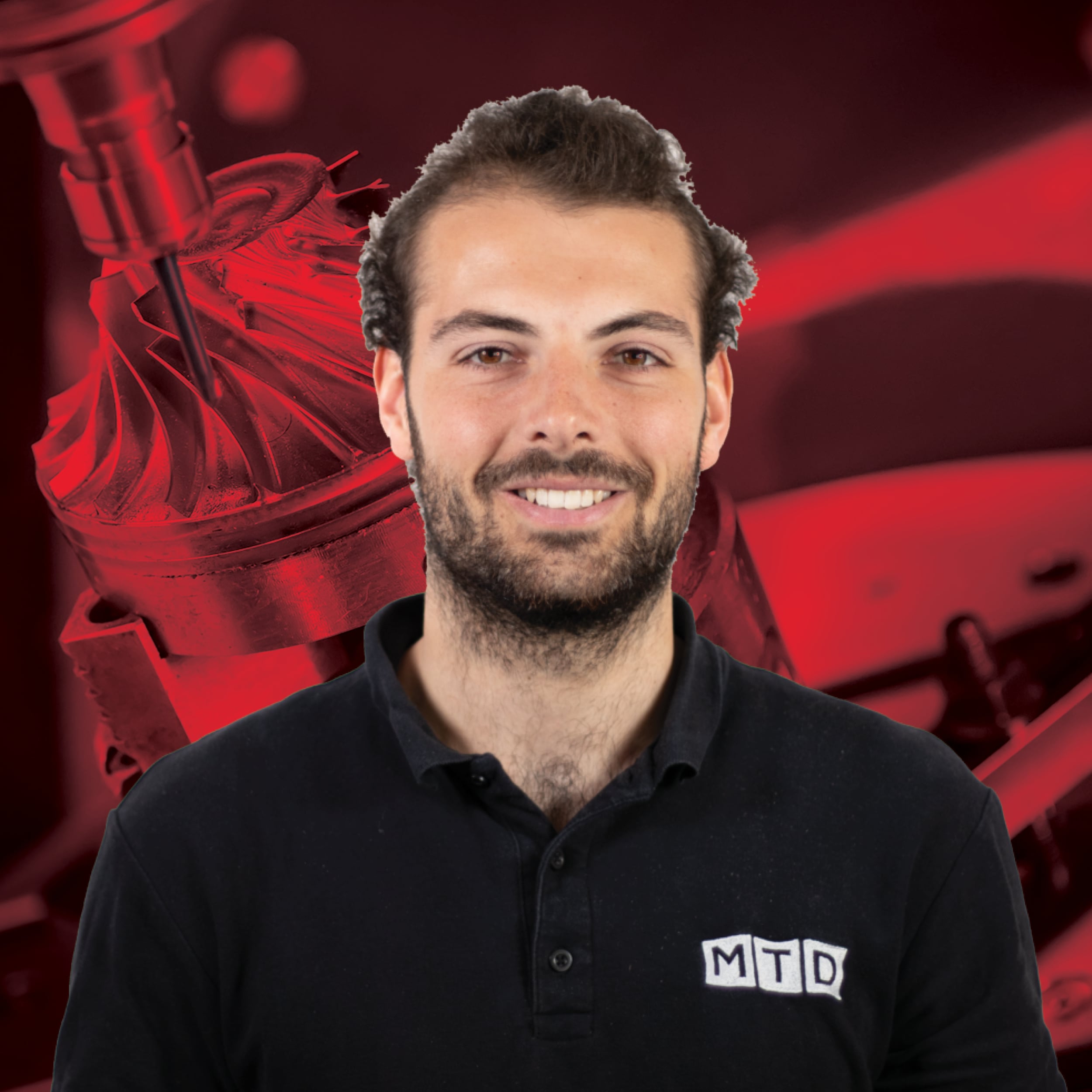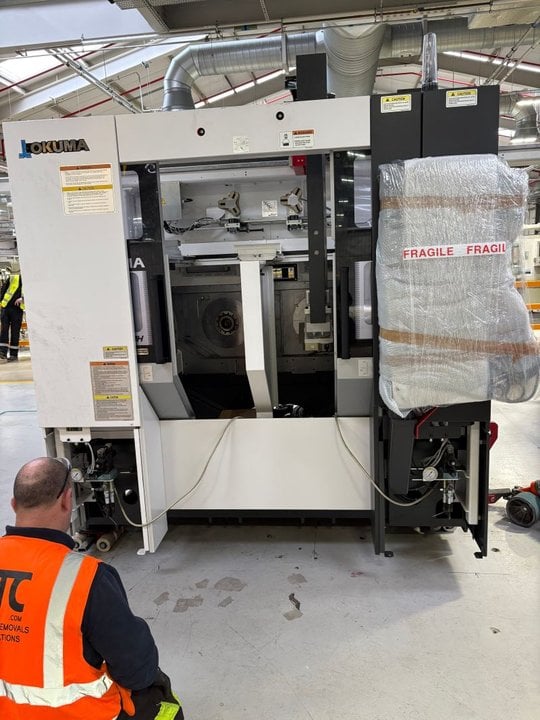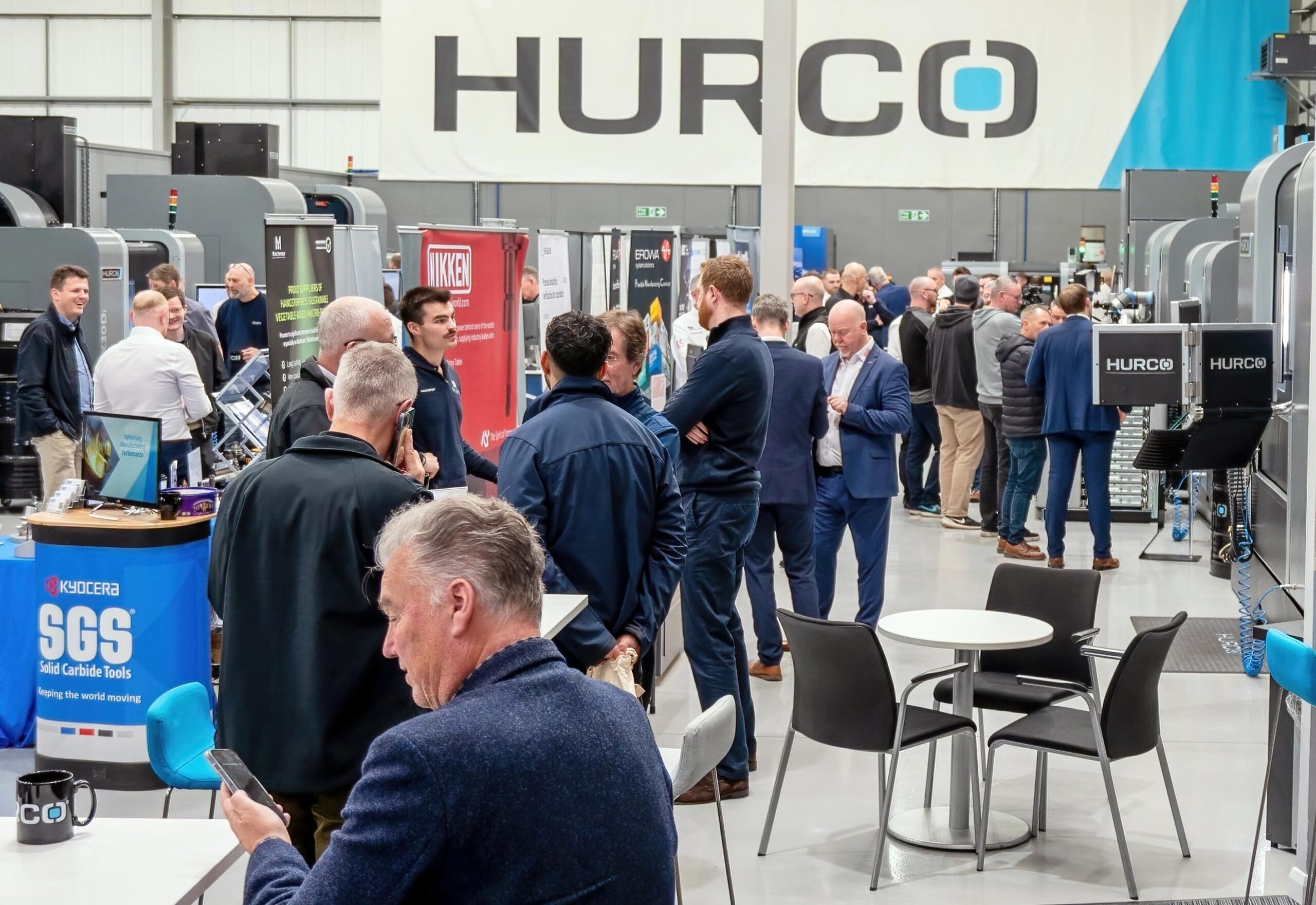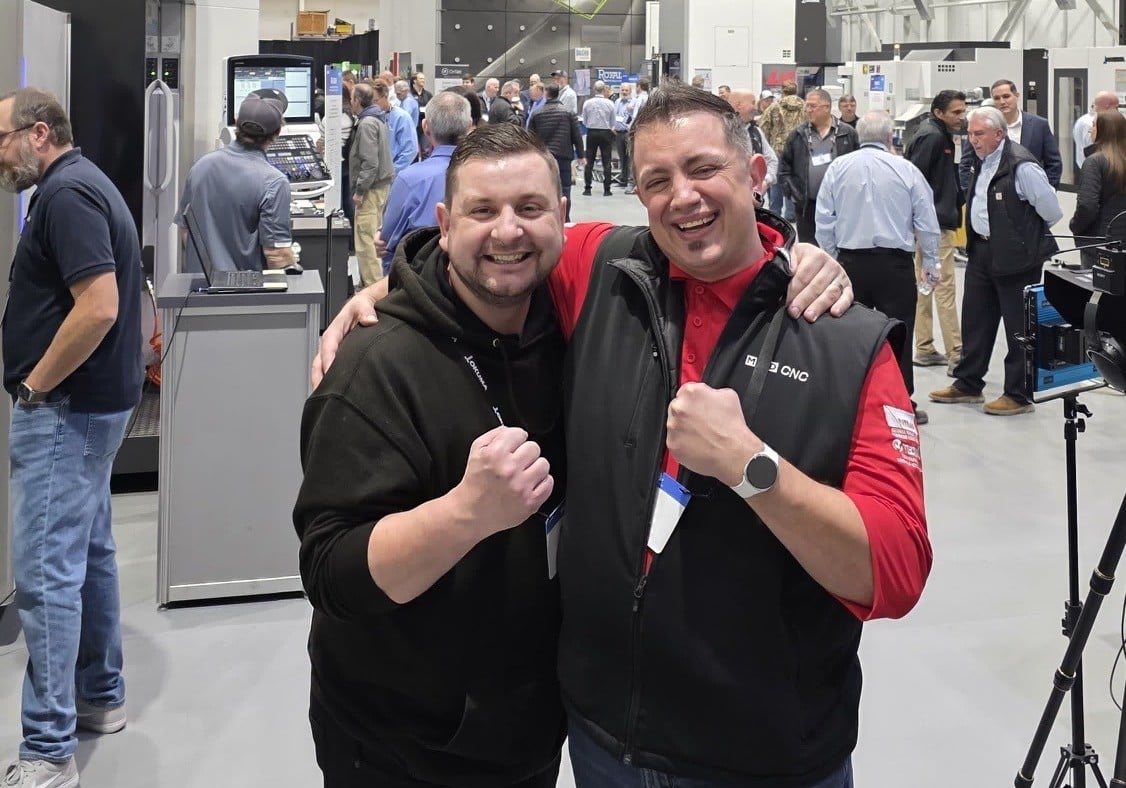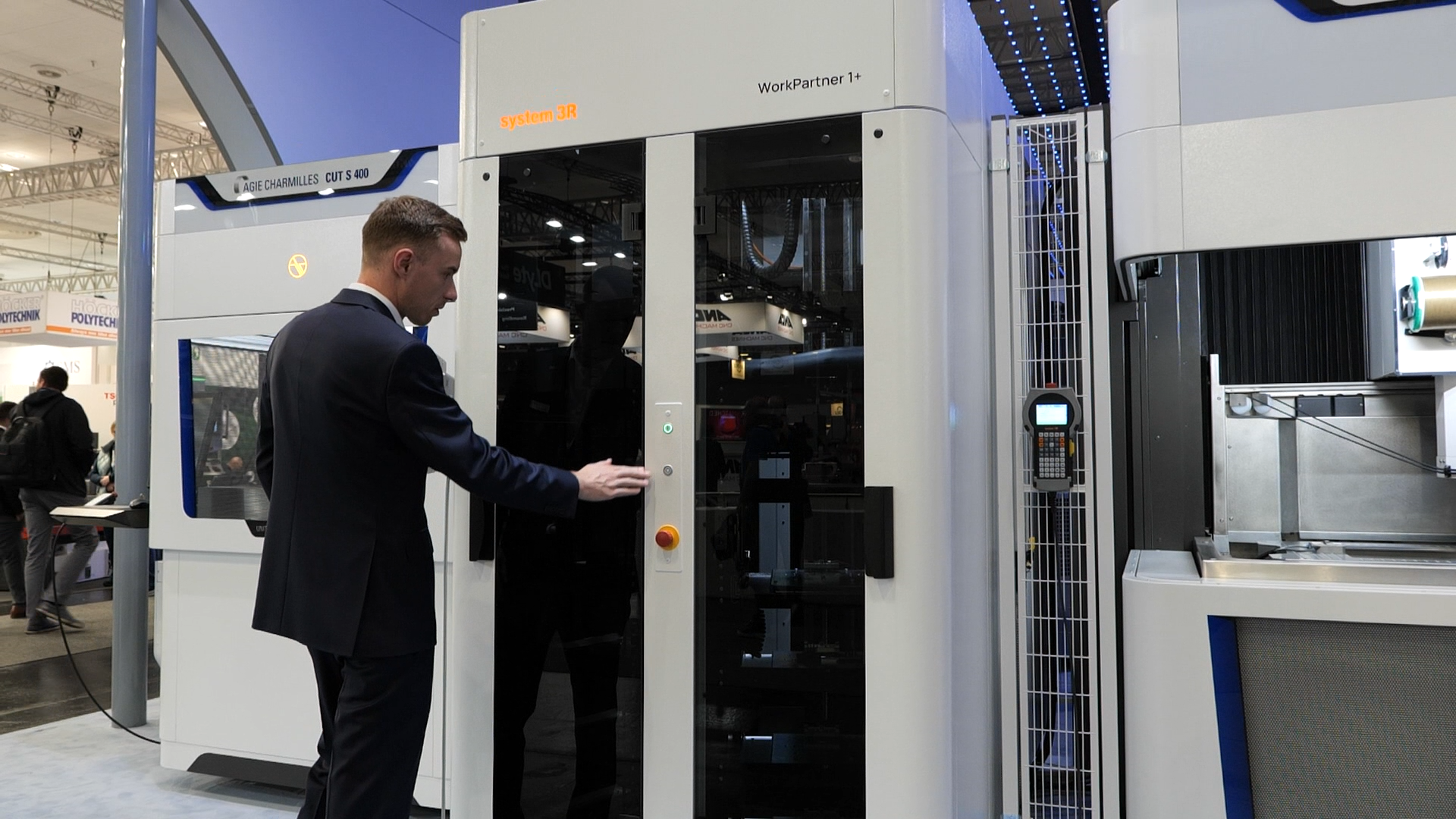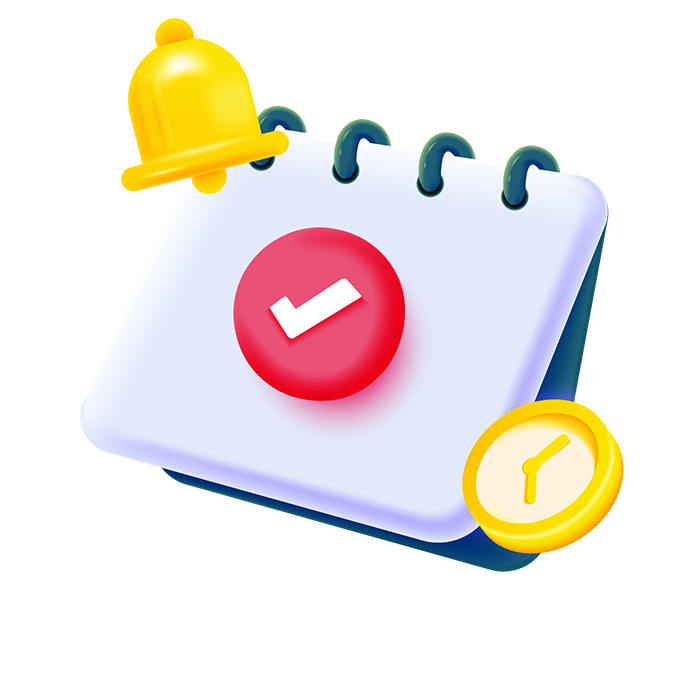

F B Chain is an industry-leading manufacturer of Leaf Chains, which are a particular type of chain for materials handling applications, forklifts and telehandlers. Producing complete systems that are ready to fit on forklifts or in production lines, FB Chain also produces chain kits, sheer face blocks, connecting links, chain anchor pates and complete assemblies. To speed up production the company has invested in Halter robotic loading systems from 1st MTA.
Commenting upon how the Letchworth company previously manufactured its products before the arrival of Doosan machining centres with Halter automation, Managing Director of FB Chain, Mr Peter Church says: “We used to have some old Bridgeport machines and a bank of single index units with up to 8 indexers on each machine. We would then have an operator who would stand next to the machine to load the parts into the machine, press the start button and then unload the finish components – a very manual process.”

The 5-year plan
The company had a five-year plan to double the turnover of the company, alluding to this, Peter adds: “In 2011, we came up with a vision for the future that included doubling our turnover. That vision drove what we were doing and made us concentrate on our output and how many parts we were doing, what storage we needed and even what sort of building we needed. It soon became apparent that if we were going to double our turnover, we had to double the number of components that we produce. We started by looking at things like additional shifts and extra machines, but at that point, we realised that running two shifts was going to be almost impossible. That started us thinking about how we could automate our processes.”
Looking at the solution, Peter comments: “We had these eight indexing units and we wanted to know if we could automate and teach a robot how to load the index units rather than using a person. So, we looked around at solutions for robots, but it was very expensive. We continued our research and came across Halter, and their technology looked like a plug and play system. It appeared relatively simple and we had some conversations with them and the price was more realistic. We flew over to Germany to see one working in 2014 and we pretty much bought it on the spot. Now, we have six systems and we are just ordering the seventh.”
The integration of automation into the shop floor enabled the manufacturer to hit its vision of doubling turnover. As Peter continues: “in the first five years of implementing our plan to double turnover we achieved our goal. Then we went and doubled our turnover again. The requirement for our equipment comes from our ability to provide a solution. We provide the chain and the parts in a complete kit that is ready to use. Some of our kits may contain 70 or 80 components and if a customer was managing this process, they would require a lot of resources. This means that over the years, more and more companies have become interested in our solution, which is the complete chain kit.”
Looking closer at the automation solution, the Halter system is delivered with a selection of component grids. “When we bought our first machine there was only a fixed number of grids that came with the machine, but we did some work with Halter and we customised the grids and increased the capacity further. We started with just 68 parts on a grid and now we have some with 209 component grids on a machine, twice.” Alluding to the unmanned running potential, Peter says: “We have a job here that is running at 2 to 3 minutes per part and it automatically loads the second part whilst unloading the first and it will run for 18 to 19 hours a day. It has been a game-changer.”
Moving from a manual machine shop to an automated facility, Peter says: “I think you have to change the way you think, but the Halter system is very easy and if you have a very basic understanding, within 10 or 20 minutes you can be programming the robot. If you tell the system a particular set of parameters such as the diameter and length of the part you are loading and the diameter and length of the part coming out of the machine – the robot does it all for you.”

Considering the staff, Peter concludes: “I don’t think anybody embraces change initially but a lot of our staff saw the boring element of the job, which was the loading and unloading of the machine just disappear. This allowed employees to move onto tasks like programming and process engineering, so in the end, it has all been very well received.”


